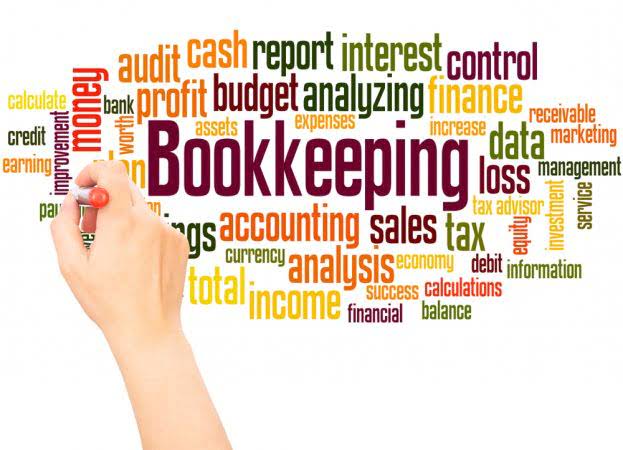
Both are essential tools for investors, creditors, and analysts to assess a company’s overall financial well-being. As a small business owner, it’s crucial that you can assess your company’s financial health. Various financial statements provide insight into your business’s performance, and two of the most important documents are the balance sheet and income statement. They look at a company’s valuation, sector trends, macroeconomic developments and other factors that can impact a stock’s value.

Balance Sheet vs Income Statement: Differences Explained (Finally)
The balance sheet is the Grocery Store Accounting foundation of a company’s financial statements, serving as a reflection of the company’s financial situation at a given point in time. The income statement depicts a longer-term picture of your entire revenues and costs, as well as how the business is functioning. It prepares you for situations when you may need to pivot rapidly in order to get better results. Income statements break down individual expenses and highlight the profit margin. A company’s profit margin represents the percentage of revenue they keep after accounting for all expenses.
Gross Revenue (The Top Line)

Despite their differences, the income statement and balance sheet are interrelated and serve complementary roles in evaluating a company’s financial health. While both income statements and balance sheets are crucial financial documents, they have different purposes, timings, and categories of information and are used for varying types of analysis. It also gives a more comprehensive view of the company’s financial status as it includes both current and non-current assets and liabilities, giving a long-term perspective on cash flows. The balance sheet shows your company’s assets, liabilities, and equity – basically the financial health of the business at a specific point in time. It helps you figure out if you have enough money to cover your expenses and other financial obligations.

Join thousands of business owners who trust us
The balance sheet is essential for investors, creditors, and management to assess a company’s financial health and make informed decisions. It helps analyze the company’s liquidity, solvency, and overall financial stability. Maintaining detailed financial records is just one of many aspects to running a successful business. Good bookkeeping practices can give a business invaluable information on its performance and help guide it to future success. However, not every business owner automatically has a strong understanding of accounting practices and the different types of financial statements a business should maintain. There what goes on a balance sheet vs income statement are many types of financial statements, but two important types that all business owners should familiarize themselves with are the balance sheet and the income statement.
- The ledger accounts are maintained for each account, and they record all the transactions related to that account.
- These figures are essential for understanding a company’s overall financial performance beyond its operating activities.
- How do companies reflect their business operations and measure their profitability for each financial year?
- While both statements offer valuable insights, a thorough comparison reveals some key differences.
Other income and expenses on an income statement typically include interest income, gains or losses from investments, and miscellaneous expenses. normal balance These figures are essential for understanding a company’s overall financial performance beyond its operating activities. Additionally, business taxes are often included as a separate line item to show their impact on the company’s bottom line. These differences don’t necessarily make one document better than the other. It is a good idea to review balance sheets and income statements when assessing a company’s performance.
- This statement includes various sections, such as revenue, cost of goods sold, gross profit, operating expenses, and net income.
- Capital refers to the amount of money that a business has invested in its operations.
- Gross profit on an income statement is calculated by subtracting the cost of goods sold from total revenue.
- Likewise, a strong Balance Sheet with plenty of assets and minimal liabilities doesn’t mean much if the Income Sheet consistently shows losses.
- Additionally, investors, creditors, and analysts use both documents to evaluate the company’s profitability and financial stability.

Leave a Reply
You must be logged in to post a comment.